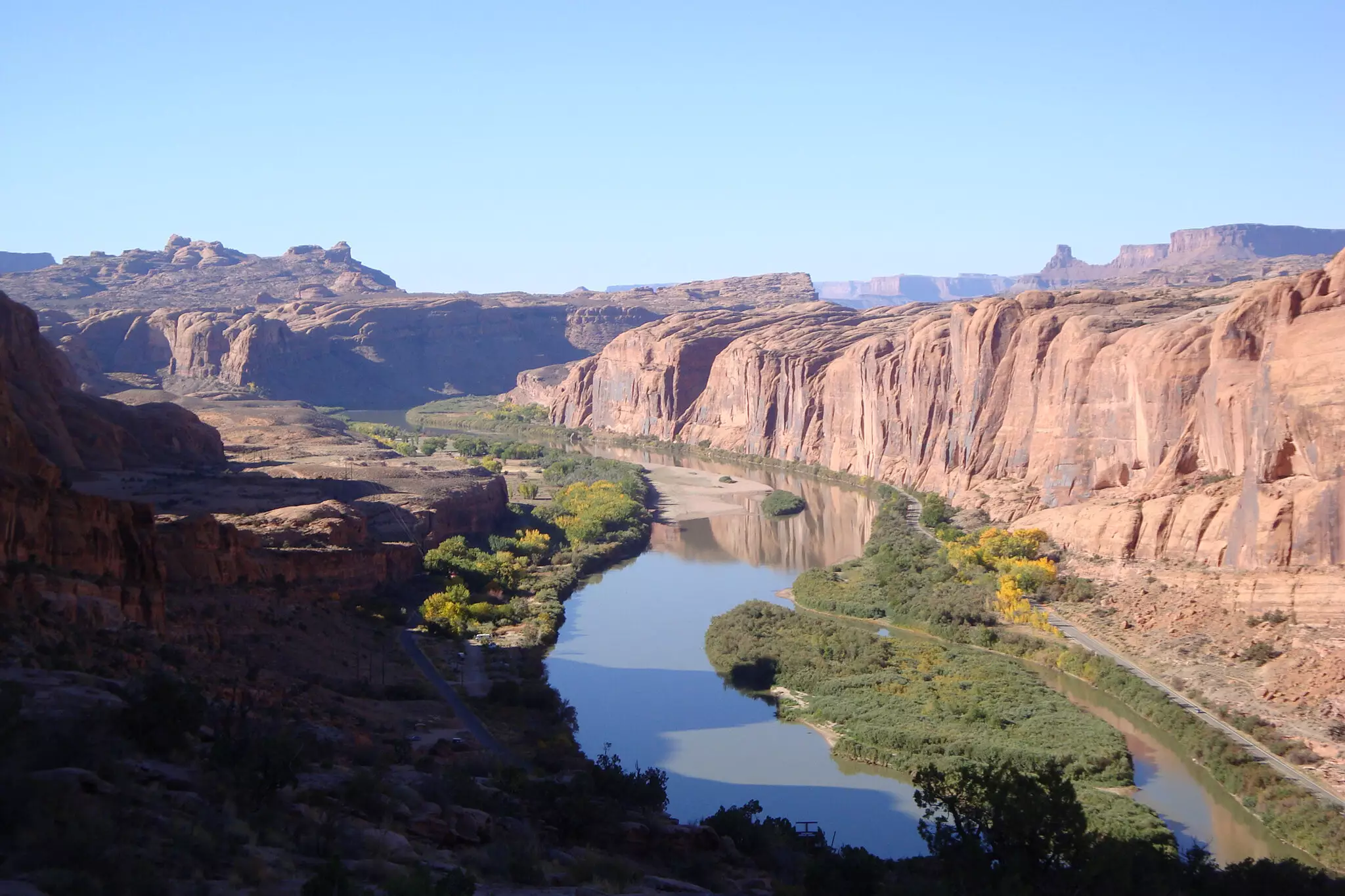The Colorado River, a crucial lifeline stretching across the Western United States, plays an indispensable role in providing water for drinking and agricultural irrigation across seven states. However, it faces immense pressure from climate change and ongoing drought conditions, threatening its future viability. Researchers, led by a team from Penn State, have developed an innovative computational tool known as the Framework for Narrative Storylines and Impact Classification (FRNSIC). This tool aims to assist planners and decision-makers in navigating the complexities of water management amidst an unpredictable climate landscape. By employing narrative storylines, FRNSIC allows stakeholders to conceptualize and prepare for various potential futures, offering a nuanced approach to a complicated issue.
The Colorado River Basin represents a microcosm of the broader challenges that water-scarce regions in the United States face. The frequent droughts, compounded by climate change, have created a heightened sense of urgency among policymakers. Balancing the needs for water supply—both for agriculture and urban populations—while staying within the river’s legal limits has proven to be a formidable task. “Planners can no longer rely on historical patterns,” states Dr. Antonia Hadjimichael, the lead author of the study and assistant professor at Penn State. The plan for water management must take into account different climate scenarios, such as varying degrees of warming, resulting in a multifaceted problem that requires innovative solutions.
The development of the FRNSIC tool originates from a critical need to reformulate how decision-makers approach uncertain water futures. Traditional planning methods often focus on a limited set of scenarios, which can omit vital possibilities. On the other hand, exploratory modeling generates thousands of potential futures but can overwhelm stakeholders with choices. Hadjimichael’s team sought to create a middle ground. “We aimed to develop a tool that encompasses complexity without becoming overly intricate or intimidating,” she explains. FRNSIC begins with exploratory modeling to uncover a breadth of potential future conditions, subsequently narrowing down to locally relevant narratives that resonate with specific stakeholders.
The essence of FRNSIC lies in its ability to generate narrative storylines tailored to different stakeholders. By asking “what could happen in the future?” and subsequently defining scenarios that matter most to various user groups, the tool fosters a more profound understanding of the stakes involved. For instance, a large agricultural producer may have different concerns compared to a small family-operated farm or urban municipal water managers. The ability to articulate these narrative storylines adds a layer of pluralism, ensuring that diverse perspectives are acknowledged and considered in the decision-making process.
In the context of the Colorado River Basin, the implications of adopting the FRNSIC tool are significant. Policymakers can utilize the generated narratives to better comprehend the consequences of interventions in the face of climate variability. By exploring drought scenarios and the potential responses from varied population segments, the tool fosters an environment for dialogue among stakeholders. Hadjimichael pointed out that these storylines can serve as critical talking points for negotiations and stakeholder engagement, highlighting the need for collaborative solutions.
As climate change intensifies and water scarcity looms in the Western United States, tools like FRNSIC become invaluable assets for bridging the gap between scientific analysis and practical decision-making. This innovative approach not only provides a framework for understanding diverse future scenarios but also emphasizes inclusivity among stakeholders, ensuring that varied needs and concerns are adequately represented. By paving the way for informed discussion and strategic planning, FRNSIC offers a foundational step towards a more resilient future for the Colorado River Basin and beyond. The ongoing collaboration of scientists and local stakeholders will be pivotal, as adapting to climate change necessitates not only technical advancements but also collective action and engagement among all those impacted by the increasingly precarious state of water resources.


Leave a Reply